
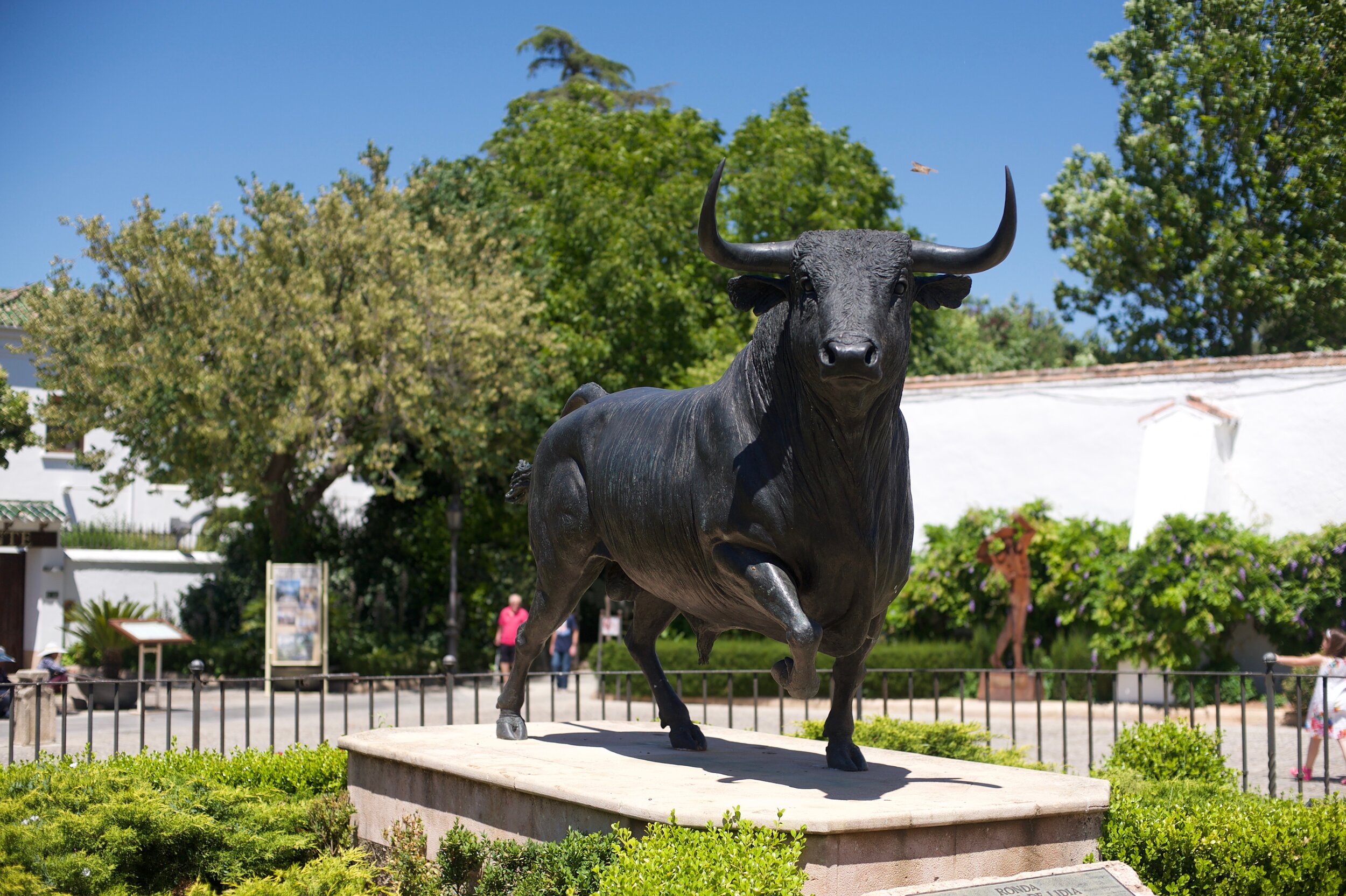
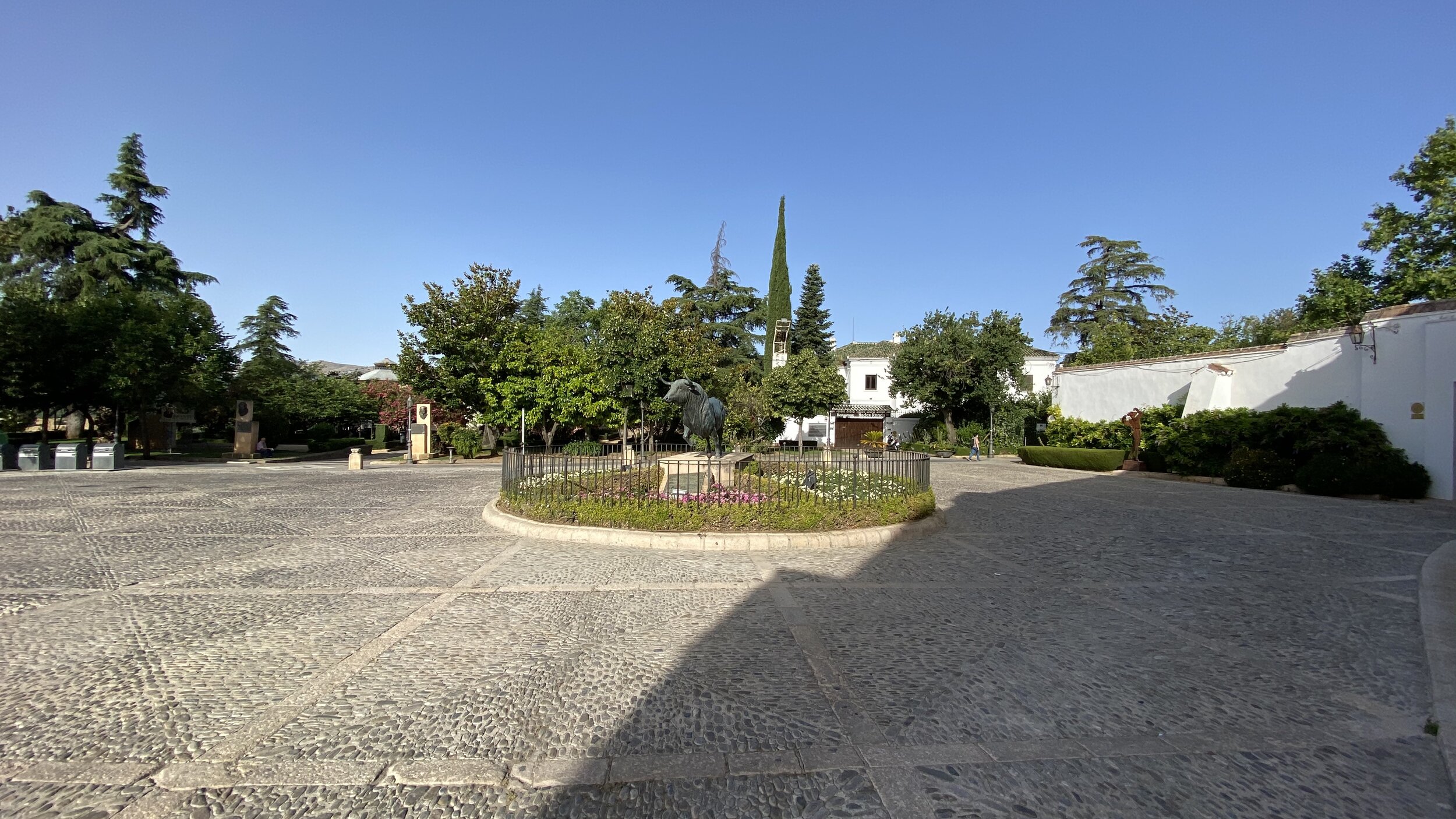
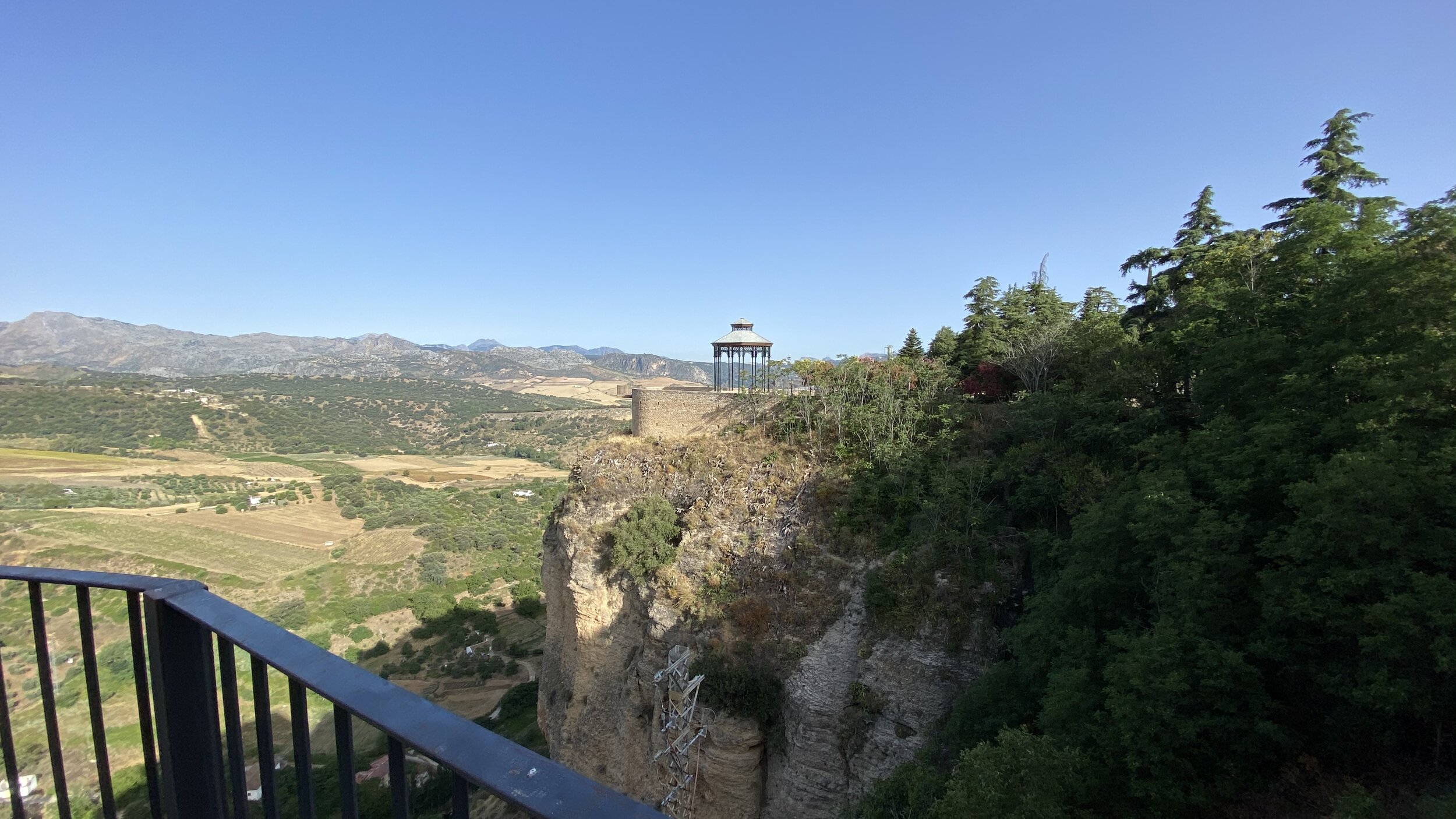
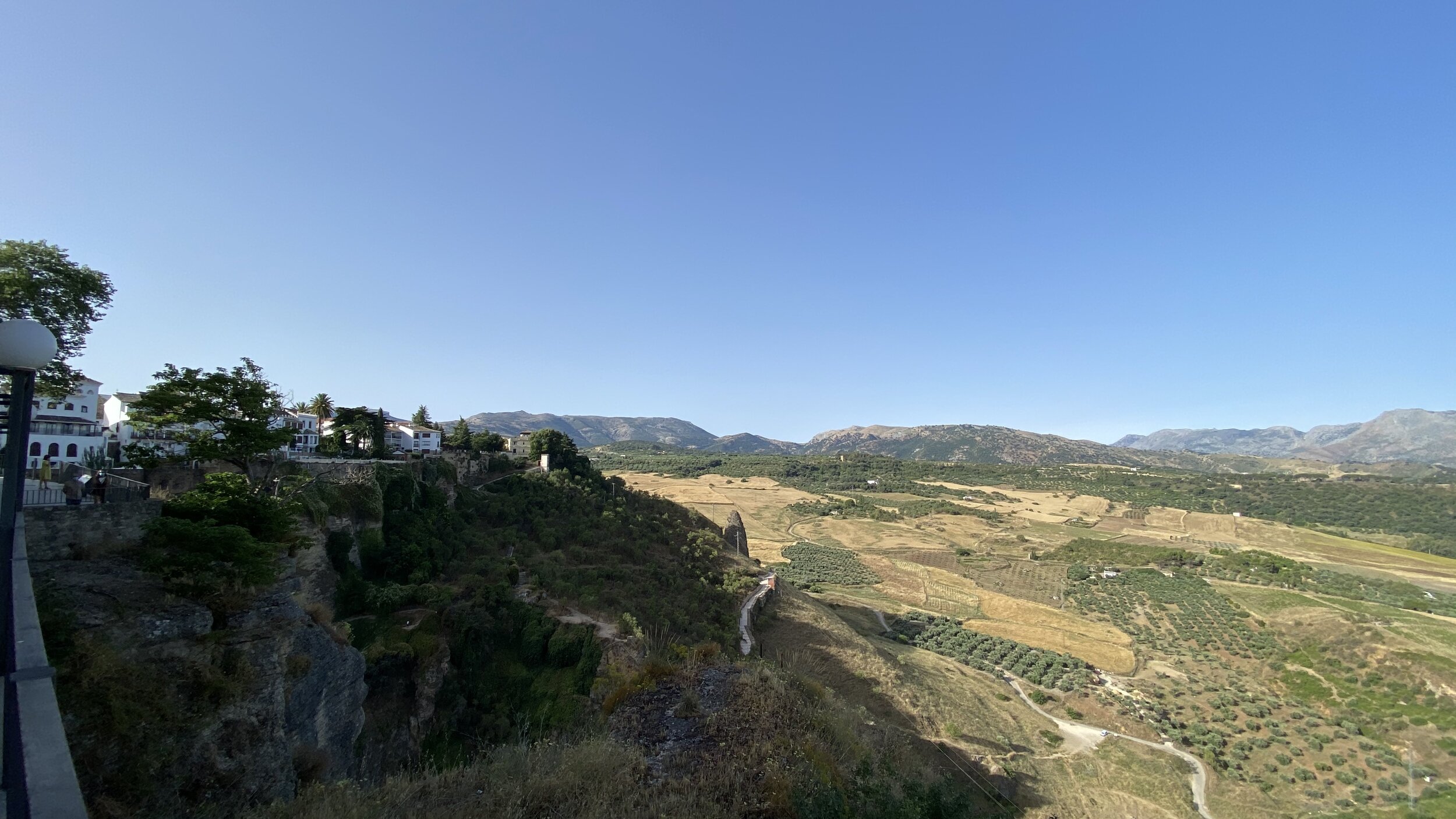
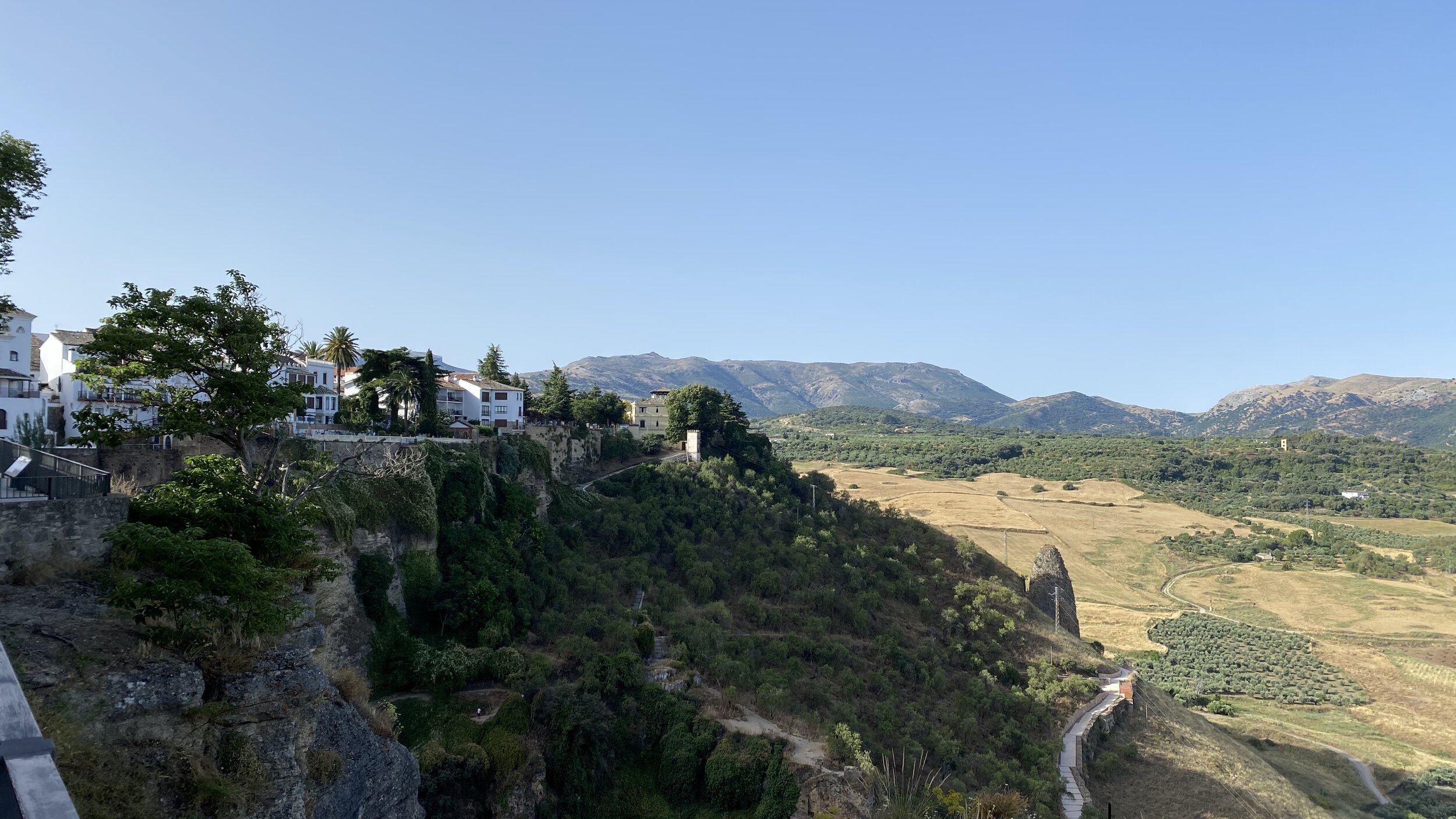
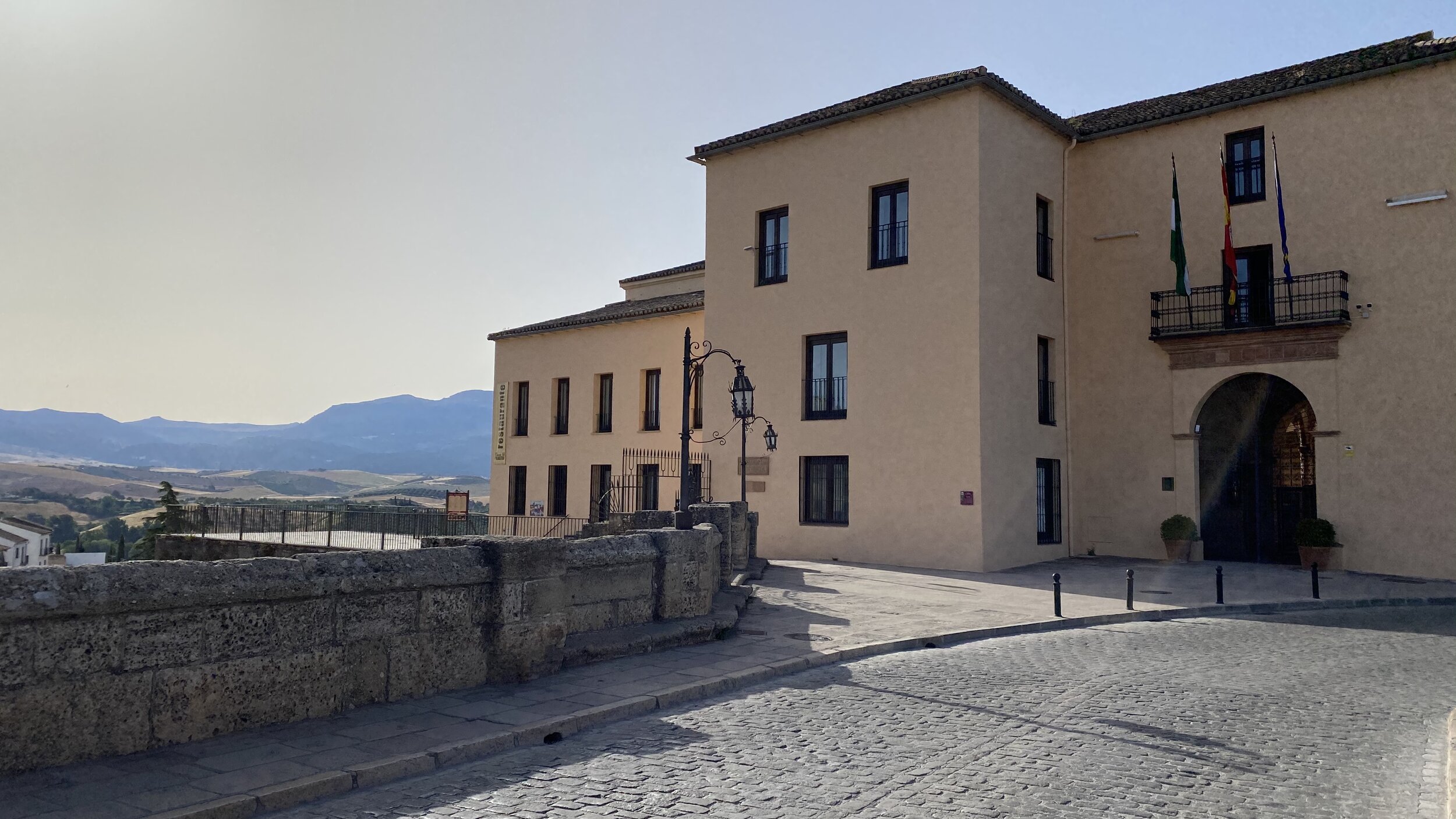

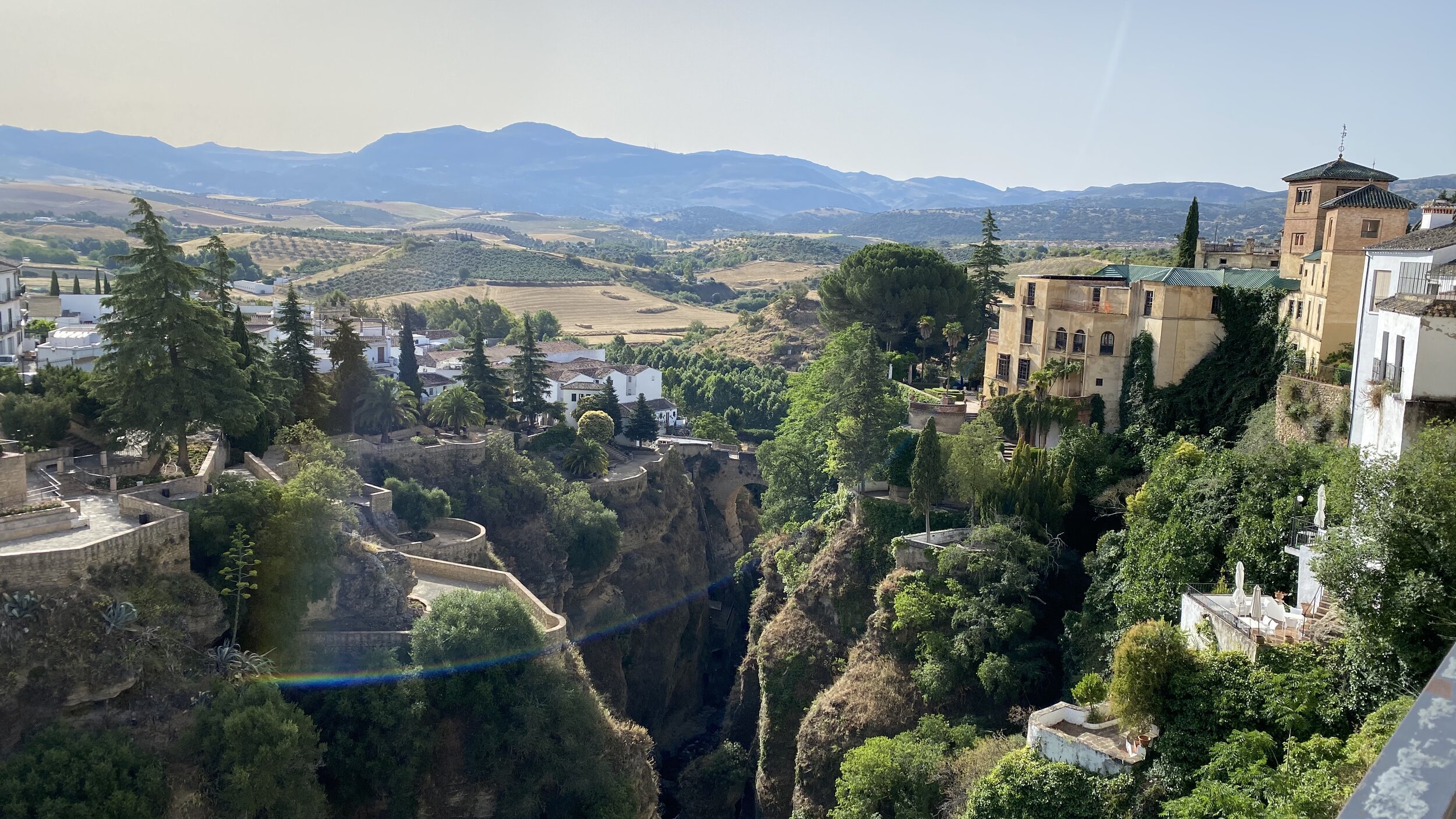
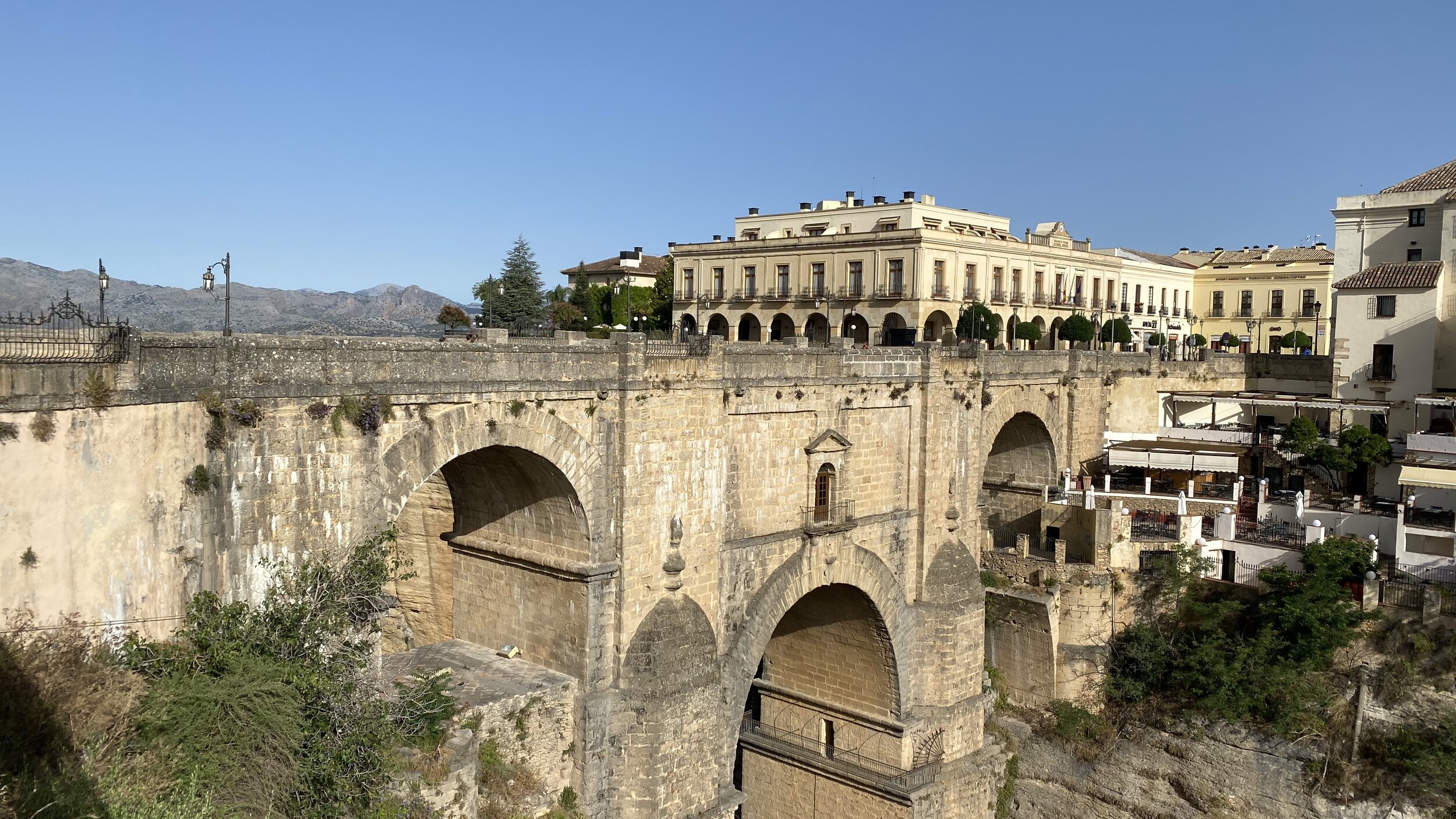

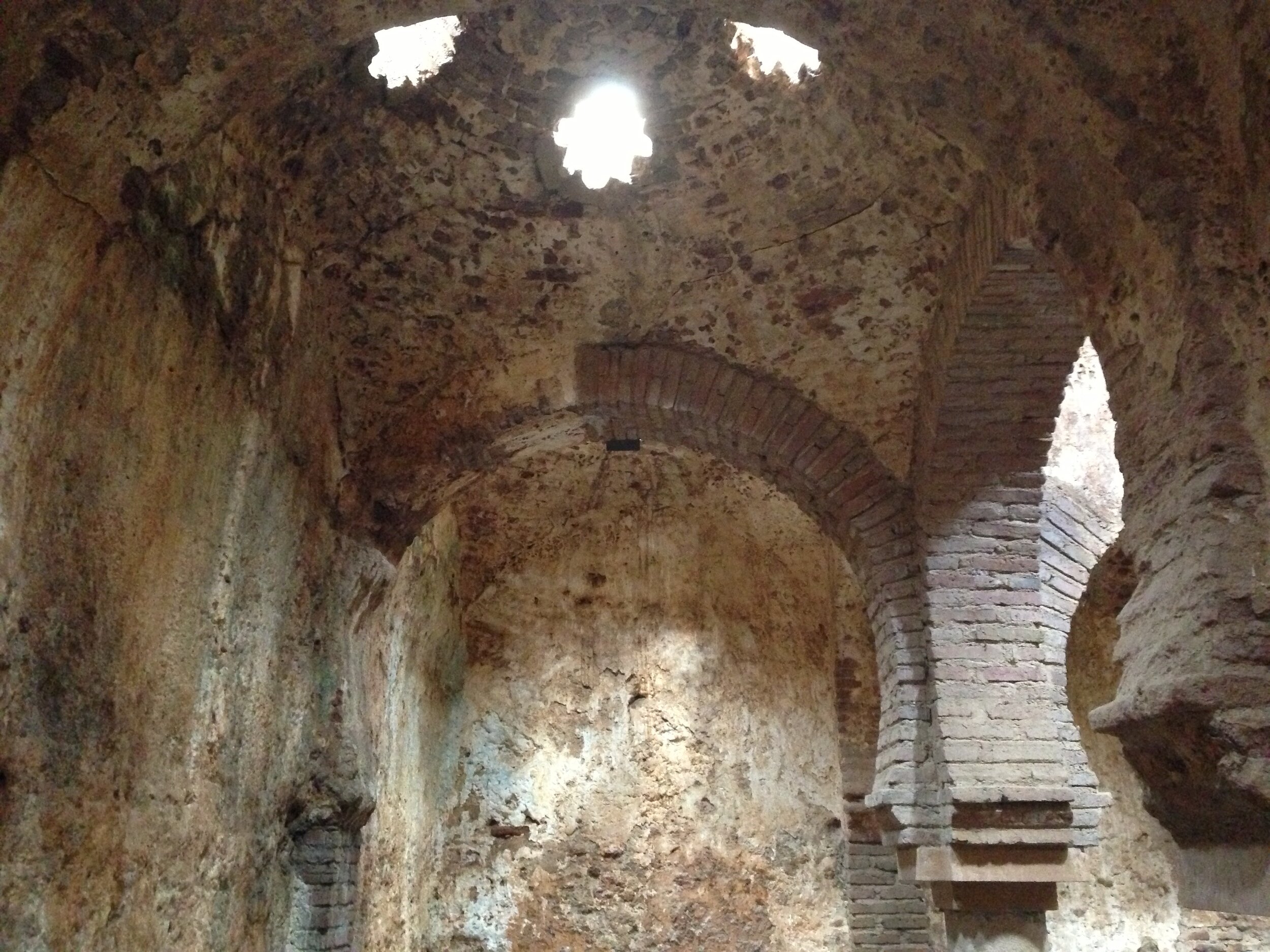
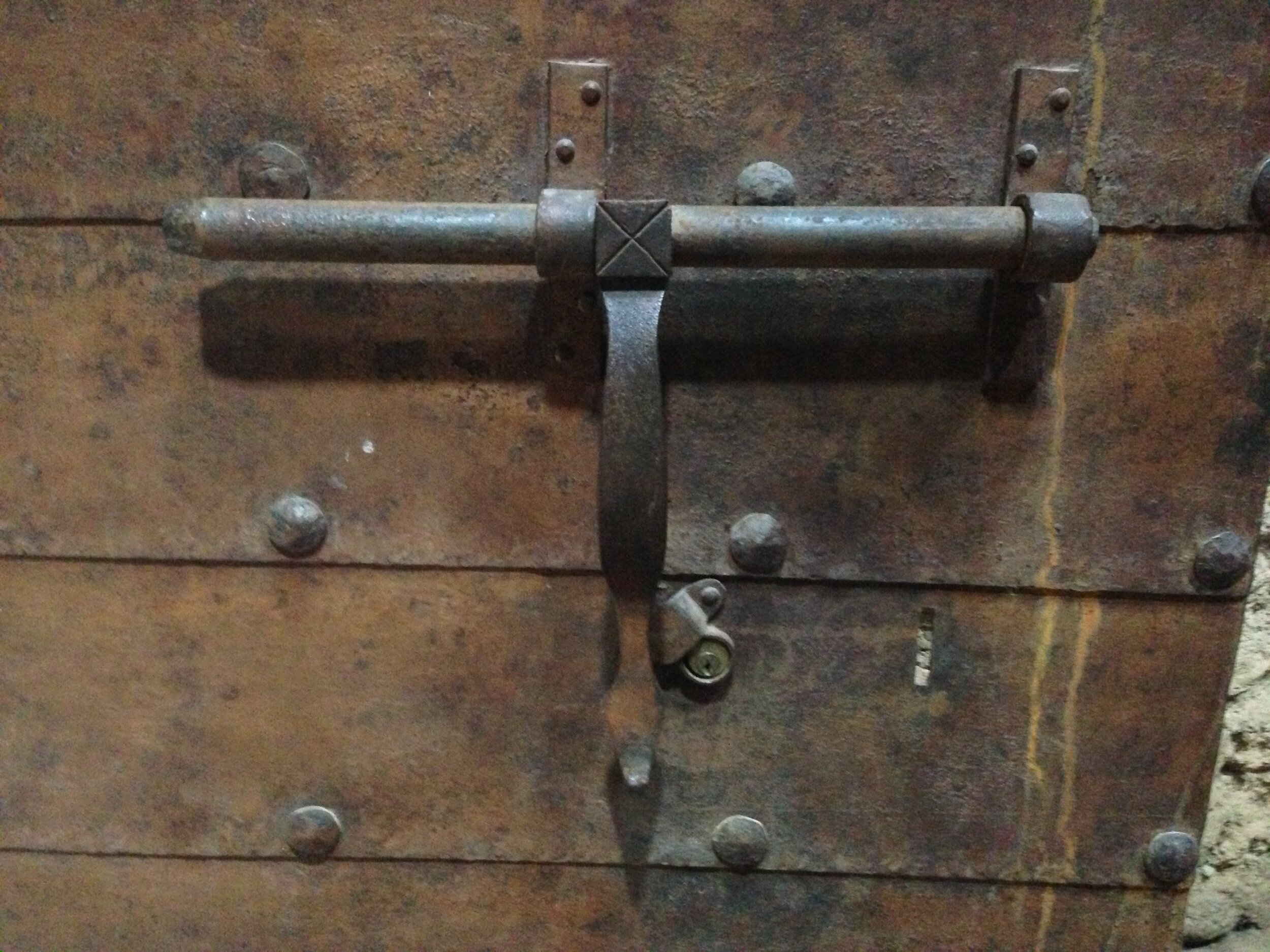
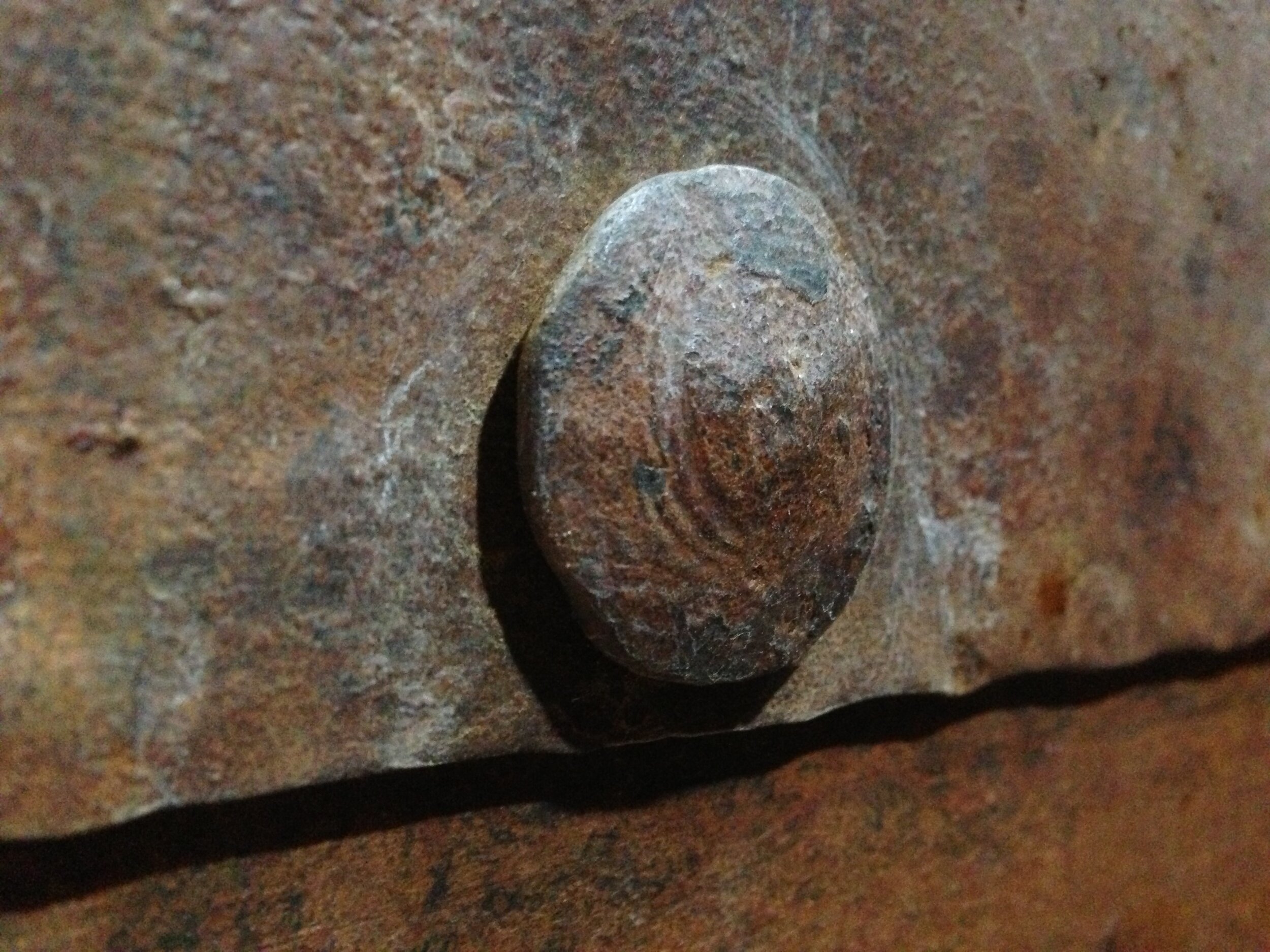
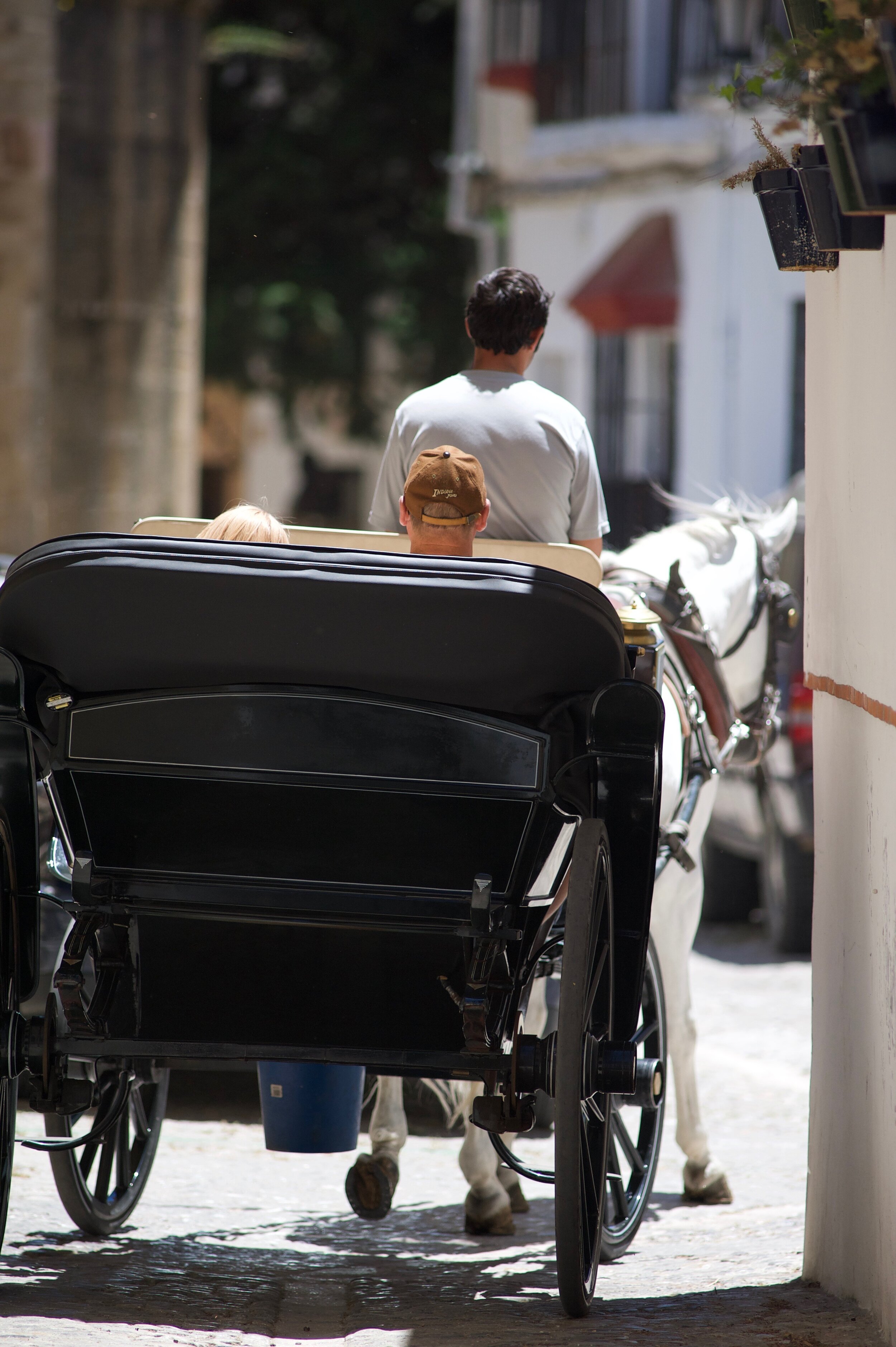

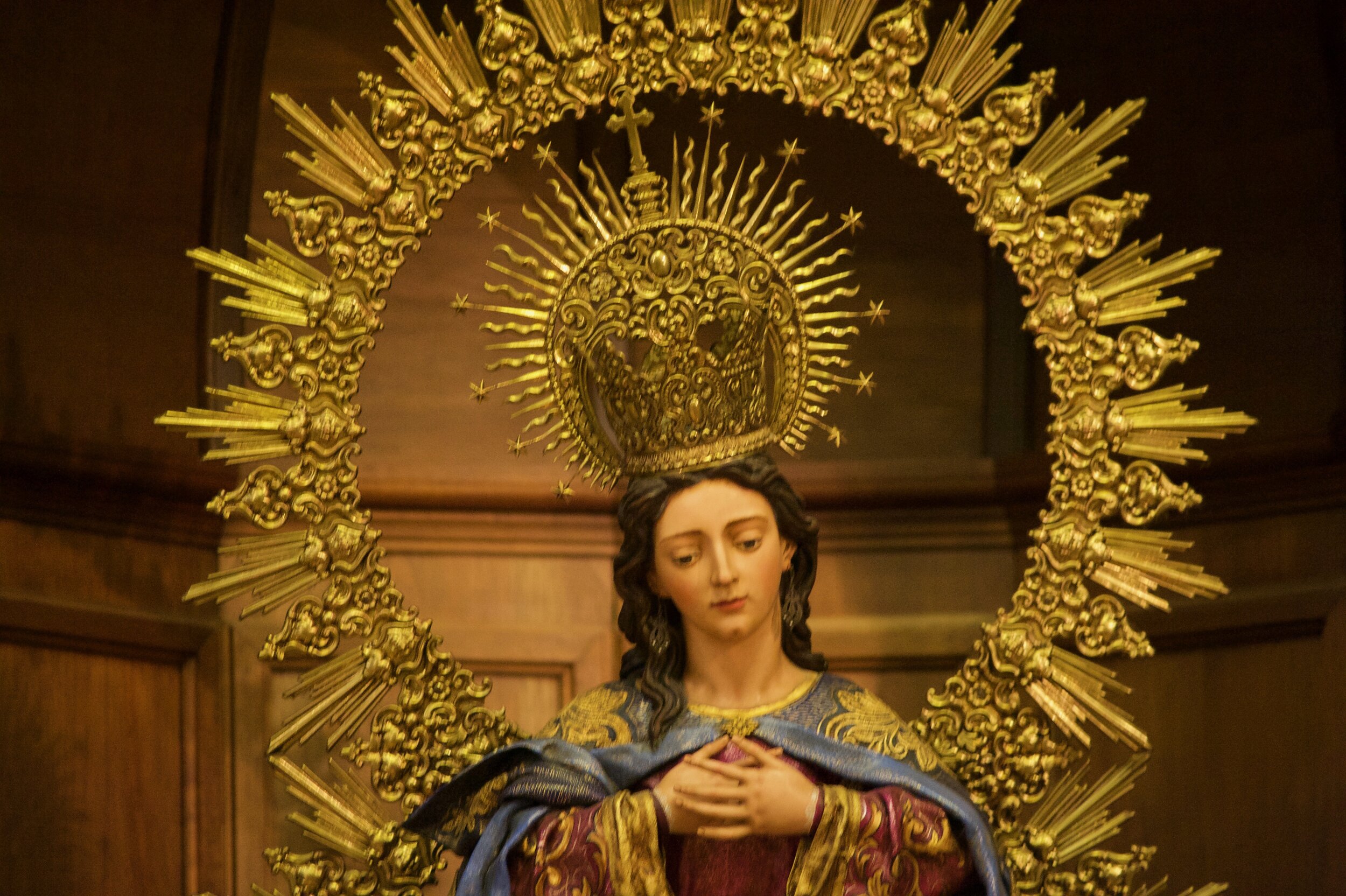
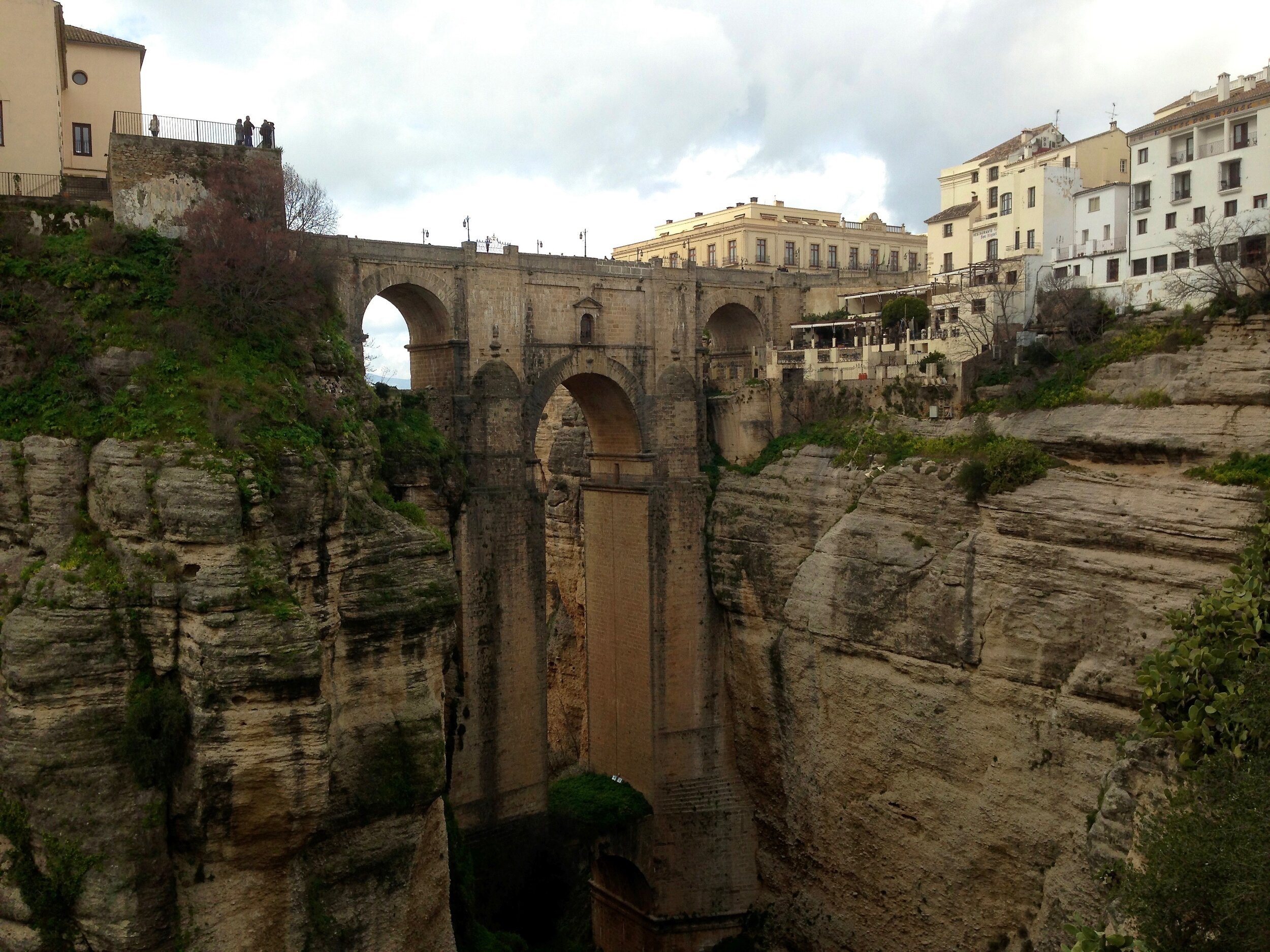



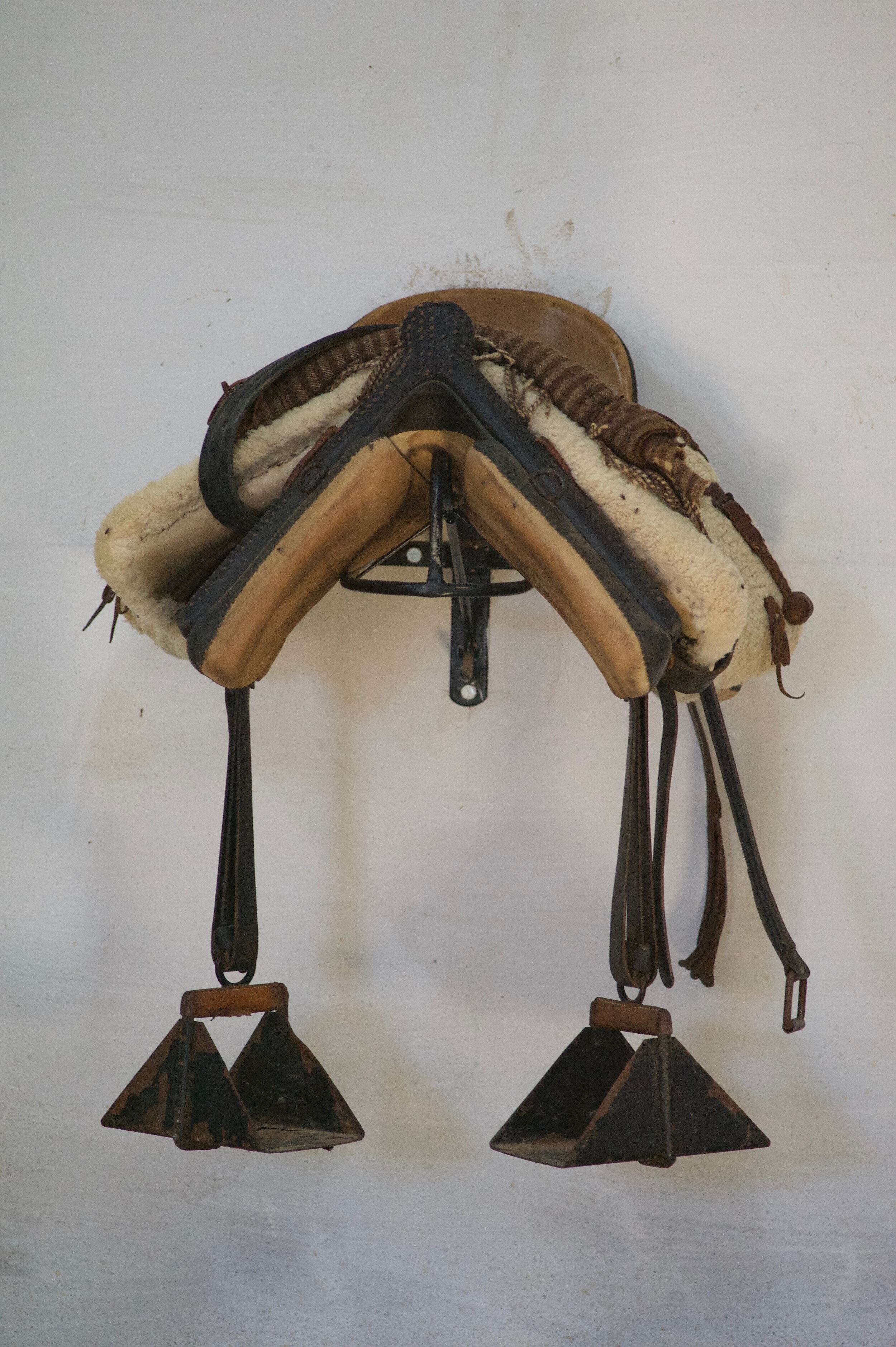
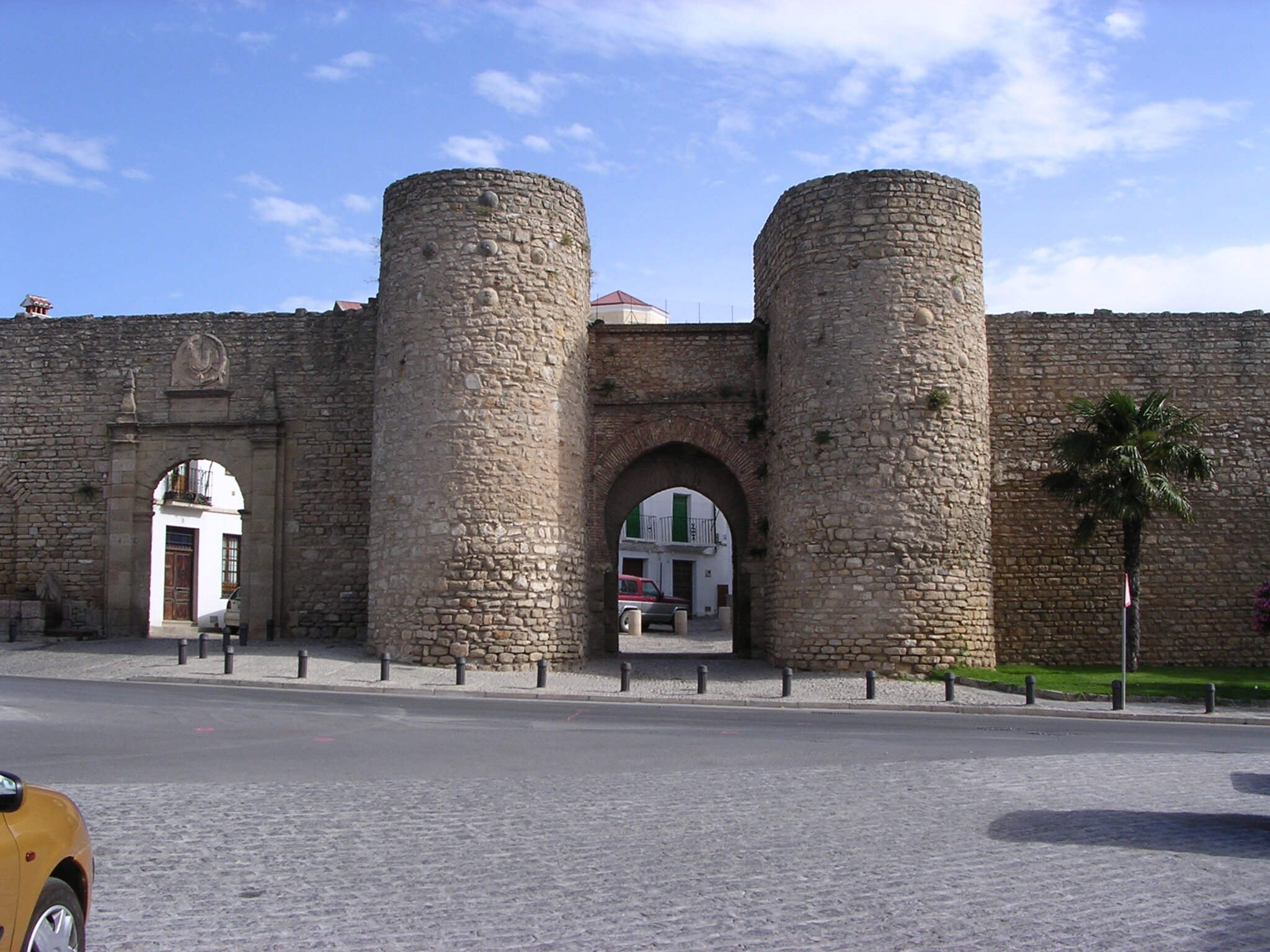
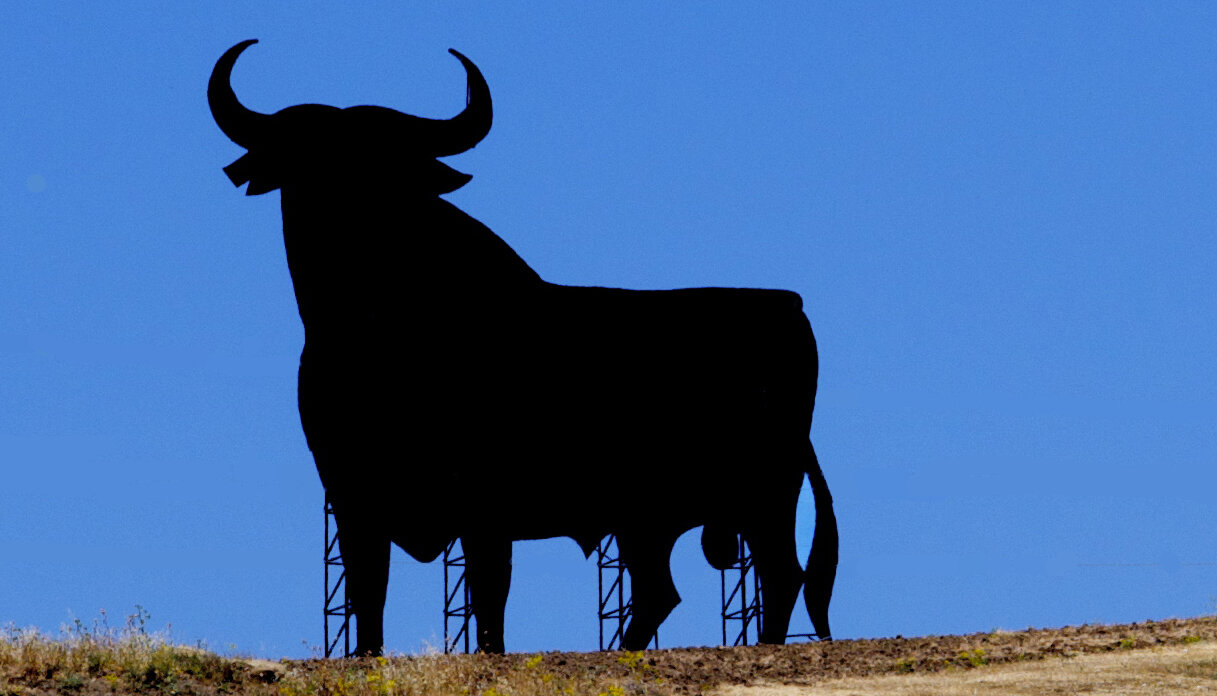






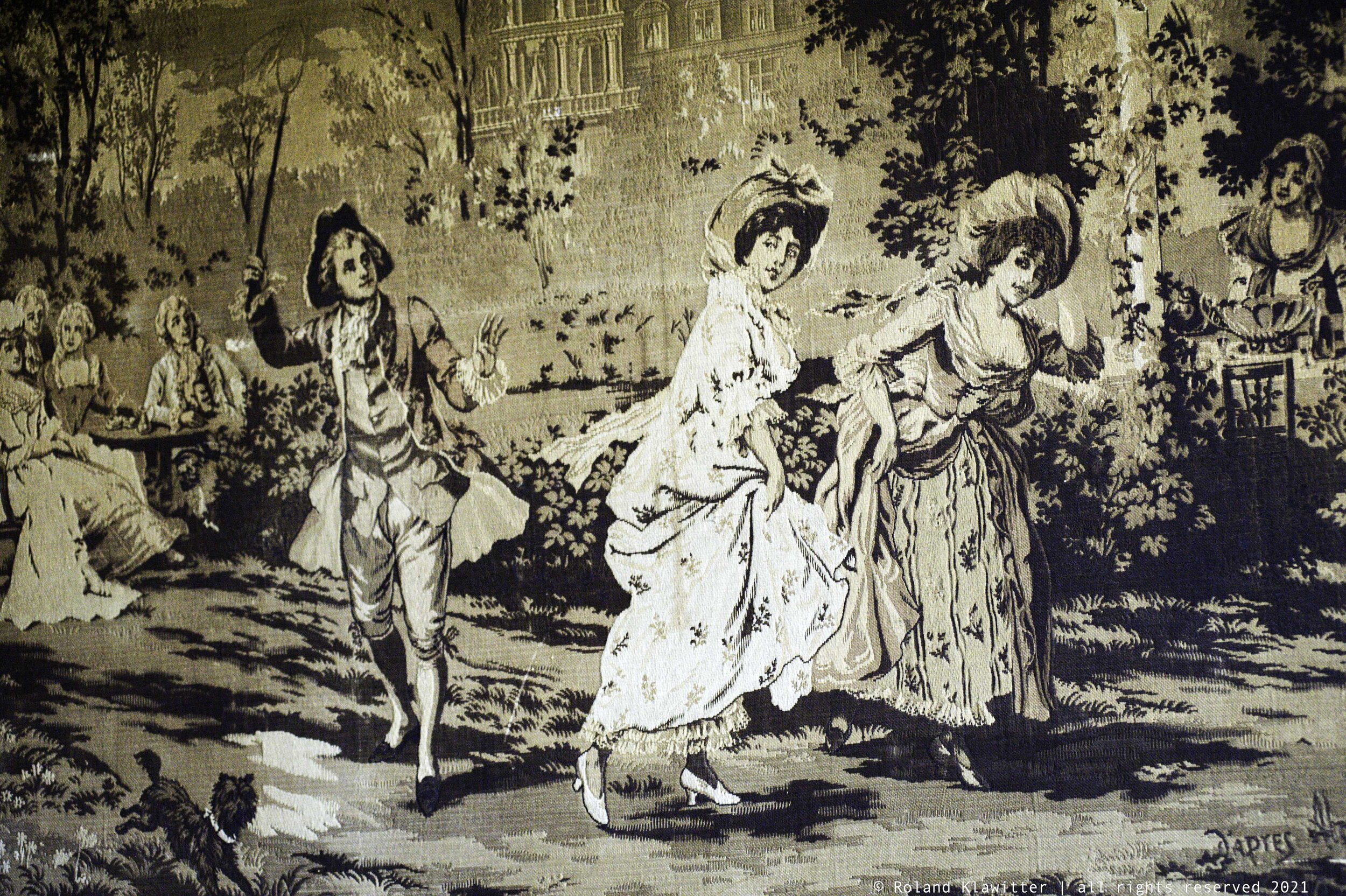

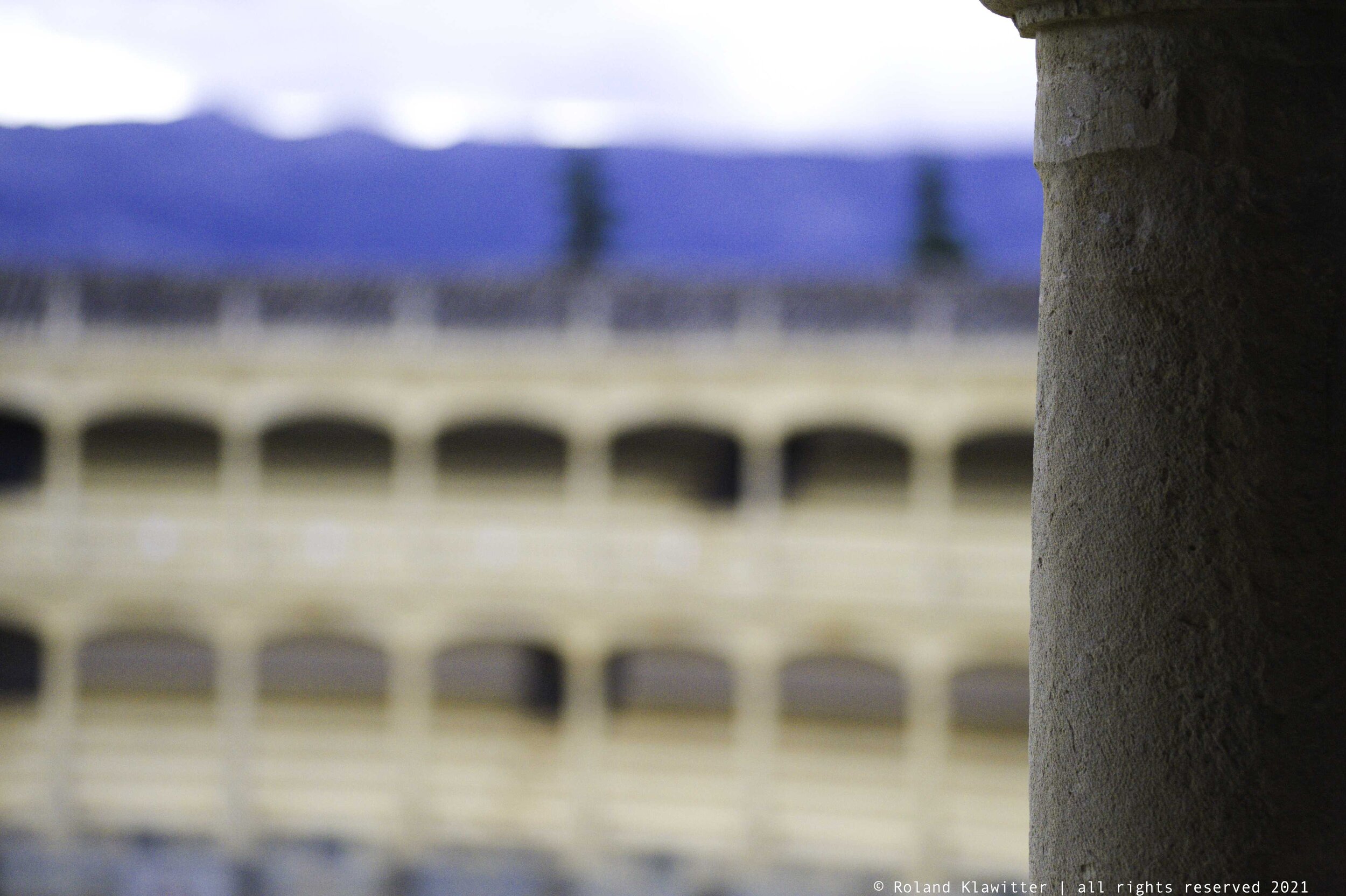

Ronda Walking Tour
Ronda, the magical city is like a photogenic time warp with a marvelous location atop a Gorge promises you an exceptional eye treat.
Population: 33,978
Altitude: 739 m (2,424 ft)
Let me guide you in private through Ronda, a charming old Andalusian town. Resting high up on a plateau and watching over the river Guadalevin, it has a lot of stories to tell which will leave you hypnotised.
It is worldwide known as the heart of the Tauromaquia (Bullfighting), not only because it has one of the oldest bullrings in Spain 1785, also because of the fact that a famous Torero, Pedro Romero, was born in Ronda. He changed the entire way of traditional bullfighting in was is known as Modern Bullfighting.
Romanticism and Literary background of Ronda
Ronda is not only Spain’s best-known tourist destination—but it has a special place on the map of world literature. It attracted artists, musicians, and writers over the centuries. Many renowned travelers like Rainer Maria Rilke, Washington Irving, Ernest Hemingway, Benjamin Disraeli, Prosper Merimee, and Richard Ford turned up in Ronda.
In his book “‘Tales of the Alhambra’, Irving mentioned bandits and landscapes, the themes that appealed most to the Romantics in the 19th Century.
Rainer Maria Rilke, the German poet, left home when in spiritual and existential crisis found poetic inspiration in the Spanish town of Ronda. Rilke was transfixed by the landscape and ‘strong and splendid air’ of Ronda. For him, Ronda was a place of liberation and his poetry began to flow.
Americans Ernest Hemingway was also heavily inspired by Ronda. Ernest Hemingway was also a great bullfighting enthusiast. He was impressed by the mountainous settings, narrow, winding streets, and white buildings. Hemingway wrote two books Death in the Afternoon (1932) and The Dangerous Summer (1985) on Ronda.
Romantic Ronda: bandoleros & bandits
Romantic writers and artists described the beauty of towns like Ronda so that foreigners could discover the most marvelous places. The legend of the bandoleros, (bandits) was born for the defense of the town against Napoleon’s troops. It is linked to Ronda and its culture.
Highwaymen attacked travelers and became very famous in the popular imagination. Their image, the characteristic attire, and their blunderbusses became associated with Ronda forever.
José Ulloa Navarro "El Tragabuches" was one of the most famous bandits in 19th century Andalusia. He was a bullfighter by profession but left the bullrings after killing his wife and her lover and joined the Seven Children of Ecija gang of bandits.
Pasos Largos was another bandit who is famously called "the last Andalusian bandit". He died in 1937 shortly after leaving prison as he could not adapt to normal life. He was born in El Burgo, very near Ronda.
EL Tempranillo' (1805-1833). No bandit in Ronda history is as famous as José Maria El Tempranillo. El Tempranillo was very polite and generous towards people whom bandits robbed. He had become a bandit at the age of thirteen after killing a man who had insulted his family. He became so popular that King Ferdinand VII granted him pardon and gave him a state position. His figure had become a myth and appeared in romances, couplets, serials, novels, and biographies, etc.
Customise your tour: I can create a customised tour for you in case you have special request like adding the Bull Breeding Farm or visiting a local Winery. Please inquire
Duration: 3 hours
Meeting place: Main Tourist Office
Itinerary:
- Starting at the Main Tourist Office
- Maestranza Bull Ring (18th century)
- New Bridge (XVIII)
- Alameda del Tajo
- Old Town
- Don Bosco (19th century)
- Plaza Maria Auxiliadora
- Plaza Duquesa Parcent
- Main Abbey (Santa Maria La Mayor 16th century)
Requirements:
Follow COVID-19 Health & Safety Regulations ( wearing masks, washing hands frequently, etc… )
for up to 10 people
Transportation:
Walking
Inclusions:
Guided Tour to the Maestranza Bull Ring, House Don Bosco and Saint Mary Abbey
Radio System for easy listening
Exclusions:
Food & beverages
Admission fees either to the Maestranza Bull Ring, House Don Bosco and Saint Mary Abbey (you can choose on site)
Restrictions:
None
Estimated local cash needed:
35€
